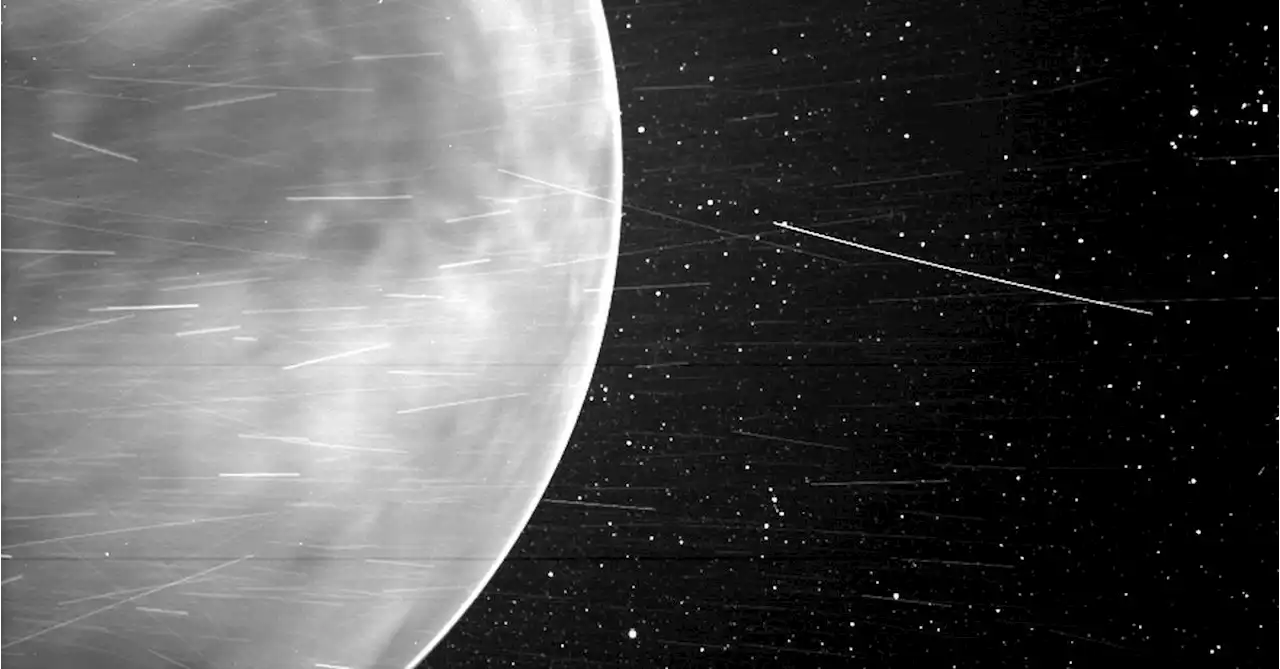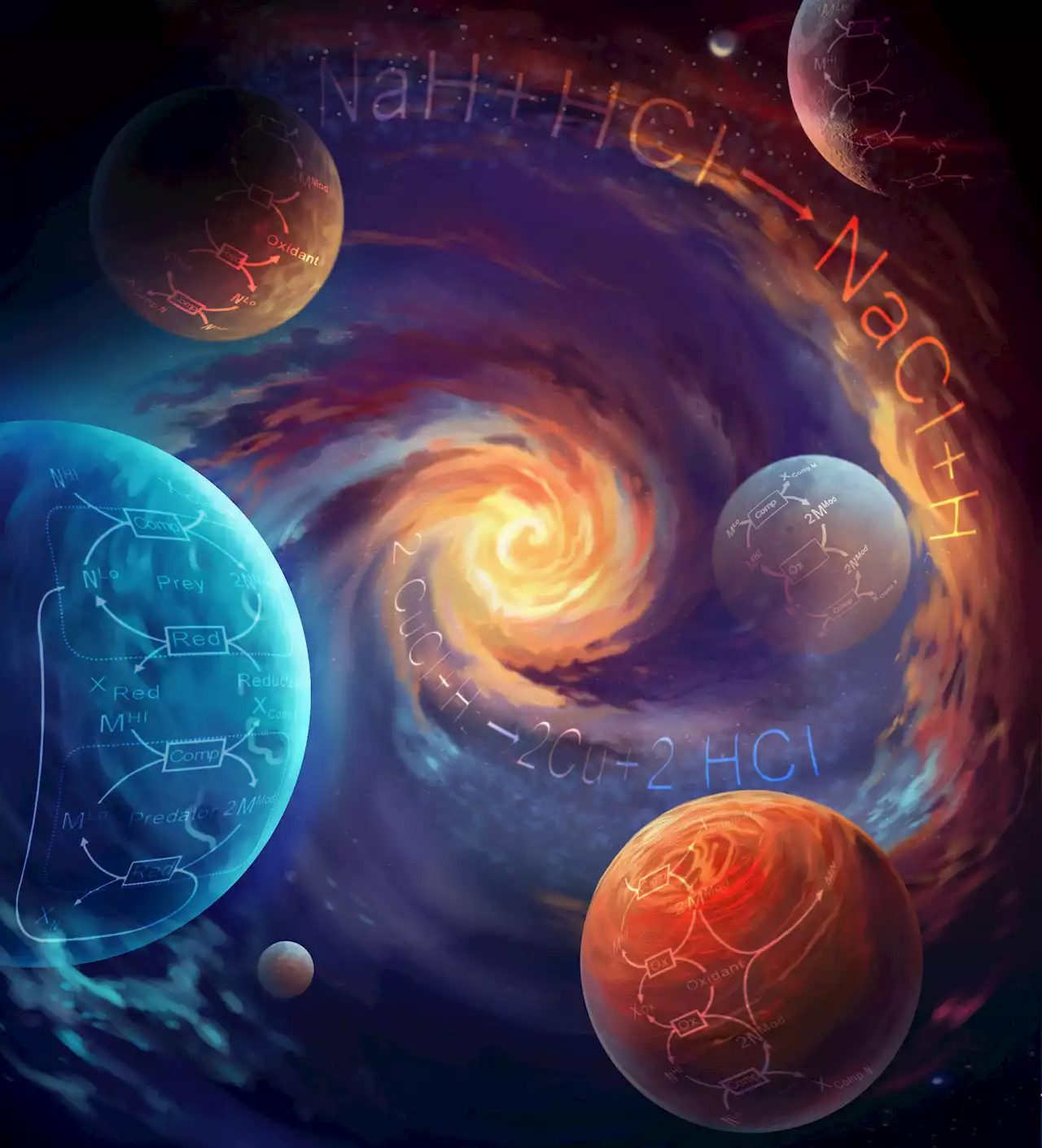Life on a faraway planet—if it's out there—might not look anything like life on Earth. But there are only so many chemical ingredients in the universe's pantry, and only so many ways to mix them. A team led by scientists at the University of Wisconsin–Madison has exploited those limitations to write a cookbook of hundreds of chemical recipes with the potential to give rise to life.
Their ingredient list could focus the search for life elsewhere in the universe by pointing out the most likely conditions—planetary versions of mixing techniques, oven temperatures and baking times—for the recipes to come together.to the complex cycles of cell metabolism and reproduction that define life, the researchers say, requires not only a simple beginning but also repetition.
"It was thought that these sorts of reactions are very rare," says Kaçar."We are showing that it's actually far from rare. You just need to look in the right place." To be autocatalytic, the outcome of the reaction also needs to provide starting materials for the reaction to occur again, so the output becomes a new input says Zach Adam, a co-author of the study and a UW–Madison geoscientist studying the origins of life on Earth. Comproportionation reactions result in multiple copies of some of the molecules involved, providing materials for the next steps in autocatalysis.
Autocatalysis is like a growing population of rabbits. Pairs of rabbits come together, produce litters of new rabbits, and then the new rabbits grow up to pair off themselves and make even more rabbits. It doesn't take many rabbits to soon have many more rabbits.
Nigeria Latest News, Nigeria Headlines
Similar News:You can also read news stories similar to this one that we have collected from other news sources.
 Plate tectonics 4 billion years ago may have helped initiate life on EarthThe Earth's oldest surface layer forming continents, termed its crust, is approximately 4 billion years old and is comprised of 25–50km-thick volcanic rocks known as basalts. Originally, scientists thought that one complete lithospheric crust covered the entire planet, compared to the individual plates we see today which were believed to have only begun formation 1 billion years later. However, attitudes towards this hypothesis are being challenged.
Plate tectonics 4 billion years ago may have helped initiate life on EarthThe Earth's oldest surface layer forming continents, termed its crust, is approximately 4 billion years old and is comprised of 25–50km-thick volcanic rocks known as basalts. Originally, scientists thought that one complete lithospheric crust covered the entire planet, compared to the individual plates we see today which were believed to have only begun formation 1 billion years later. However, attitudes towards this hypothesis are being challenged.
Read more »
 Researchers illuminate 'Snowball Earth' melting and early life evolutionA research team led by Prof. Shen Yan'an from the University of Science and Technology of China (USTC) of the Chinese Academy of Sciences (CAS) conducted a systematic study of the interglacial stratigraphy in South China by means of high-precision sulfur and mercury isotope analyses.
Researchers illuminate 'Snowball Earth' melting and early life evolutionA research team led by Prof. Shen Yan'an from the University of Science and Technology of China (USTC) of the Chinese Academy of Sciences (CAS) conducted a systematic study of the interglacial stratigraphy in South China by means of high-precision sulfur and mercury isotope analyses.
Read more »
 We May Have Figured Out When The Universe's First Continents FormedOn Earth, continents are likely necessary to support life.
We May Have Figured Out When The Universe's First Continents FormedOn Earth, continents are likely necessary to support life.
Read more »
 Sun probe surprises NASA with incredible photo of VenusThe Parker Solar Probe might’ve witnessed something new on Earth’s neighbor
Sun probe surprises NASA with incredible photo of VenusThe Parker Solar Probe might’ve witnessed something new on Earth’s neighbor
Read more »
 Kate Middleton braces for life vest mishap during first royal outing in new military roleKate Middleton had a relatable moment when deploying a life vest at the Royal Naval Air Station Yeovilton in England, bracing for impact in new pictures.
Kate Middleton braces for life vest mishap during first royal outing in new military roleKate Middleton had a relatable moment when deploying a life vest at the Royal Naval Air Station Yeovilton in England, bracing for impact in new pictures.
Read more »
 Adding New Life To The Crenshaw Wall (And Other Headlines)The wall, long a beacon for Black artistry and culture, is in need of a makeover. It looks like it's happening.
Adding New Life To The Crenshaw Wall (And Other Headlines)The wall, long a beacon for Black artistry and culture, is in need of a makeover. It looks like it's happening.
Read more »
